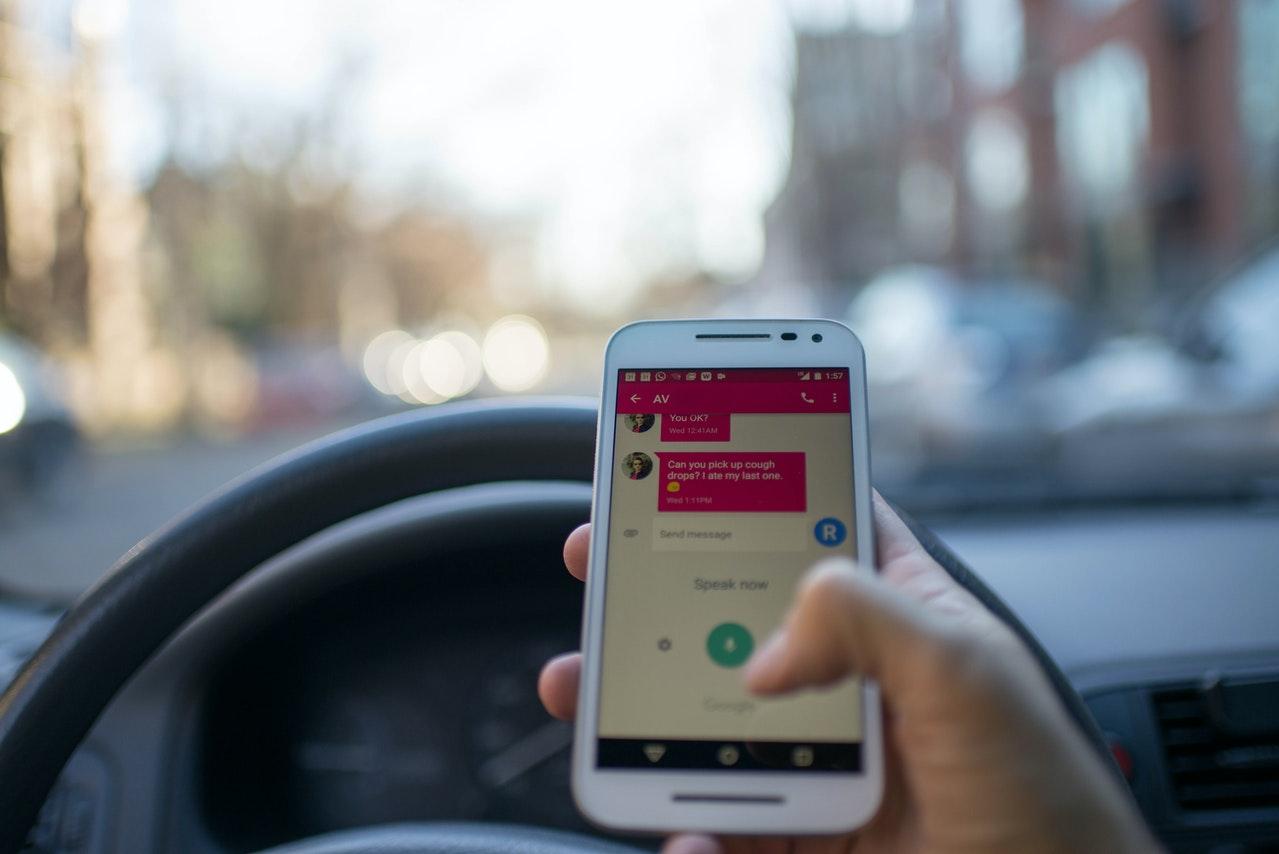
Driving a car requires focus and attention to navigate roads safely. Even a momentary lapse in concentration can have devastating consequences. Distracted driving is a serious threat on our roads today, significantly increasing the risk of car accidents.
Understanding Distracted Driving
Distracted driving accidents occurs when a driver’s attention is diverted from the road due to several factors. These distractions can be categorized into three main types:
- Visual: Taking your eyes off the road to look at a phone, adjust the radio, or tend to passengers in the back seat are all visual distractions.
- Manual: Activities that take your hands off the wheel, like texting, eating, or grooming, fall under manual distractions.
- Cognitive: This distraction involves taking your mind off the road by daydreaming, having loud conversations, or experiencing strong emotions.
The Dangers of Distracted Driving
Any form of distracted driving can be perilous. It impairs a driver’s ability to:
- Maintain a safe following distance: Distracted drivers often react slower, increasing the risk of rear-end collisions.
- Stay within their lane: Taking eyes off the road can lead to drifting lanes and causing side-swipe accidents.
- Respond to sudden changes: Distracted drivers might miss crucial traffic signals or hazards, delaying reaction times and leading to accidents.
The Impact of Distracted Driving Accidents
The statistics surrounding distracted driving accidents are sobering. In 2022 alone, according to the National Highway Traffic Safety Administration (NHTSA), distracted driving was a factor in over 3,300 fatalities on U.S. roads. These accidents not only cause tragic loss of life but also leave many with serious injuries and lasting physical and emotional trauma.
The economic impact is significant as well, with billions of dollars lost in medical costs, property damage, and lost productivity.
Common Distractions While Driving
Cell phone use is a main cause of distracted driving, with texting and talking on handheld phones significantly increasing the risk of accidents. However, other distractions include:
- Using navigation systems: While helpful, programming a GPS or fiddling with navigation apps while driving can be distracting
- Eating and drinking: Balancing food or drinks while driving takes your hands off the wheel and your eyes off the road
- Drowsiness: Driving while fatigued can be as dangerous as being under the influence of alcohol or drugs
- Grooming or applying makeup: Even these seemingly minor activities can divert your attention at crucial moments
Preventing Distracted Driving Accidents
There are several steps we can all take to prevent distracted driving accidents:
- Put your phone away: Enable “Do Not Disturb” mode or use hands-free calling options.
- Focus on the road: Avoid multitasking while driving.
- Plan ahead: Set the navigation route and grab food or drinks before you get behind the wheel.
- Get enough sleep: Driving drowsy is dangerous. Ensure you’re well-rested before embarking on a long journey.
- Pull over: If you need to attend to something that requires your full attention, pull over to a safe location first.
Conclusion
Distracted driving is a preventable cause of car collisions. By making a conscious effort to stay concentrated on the road and eliminating distractions, we can all contribute to safer roads for ourselves, our passengers, and everyone sharing the roadways. Remember, the life you save by driving attentively could be your own or someone else’s.







